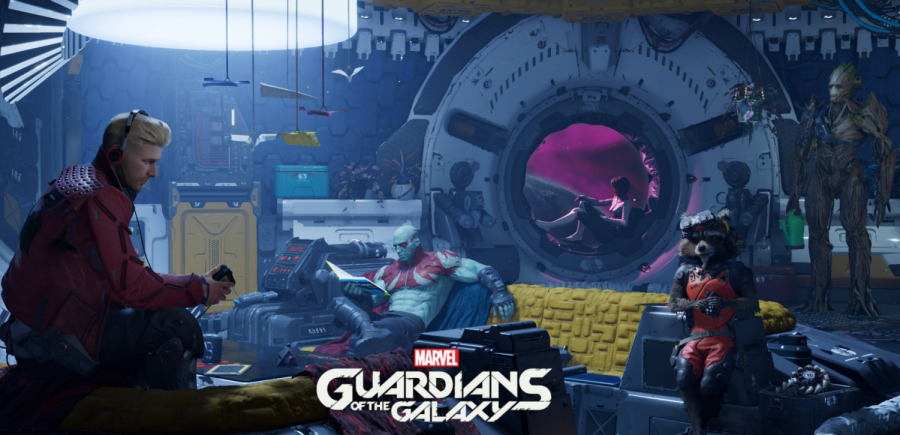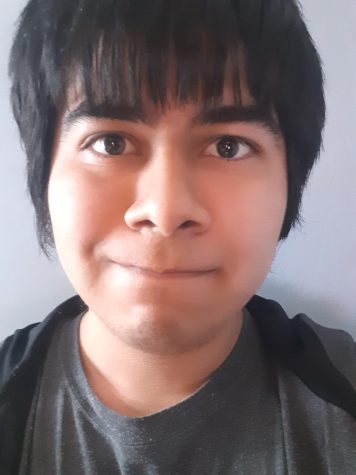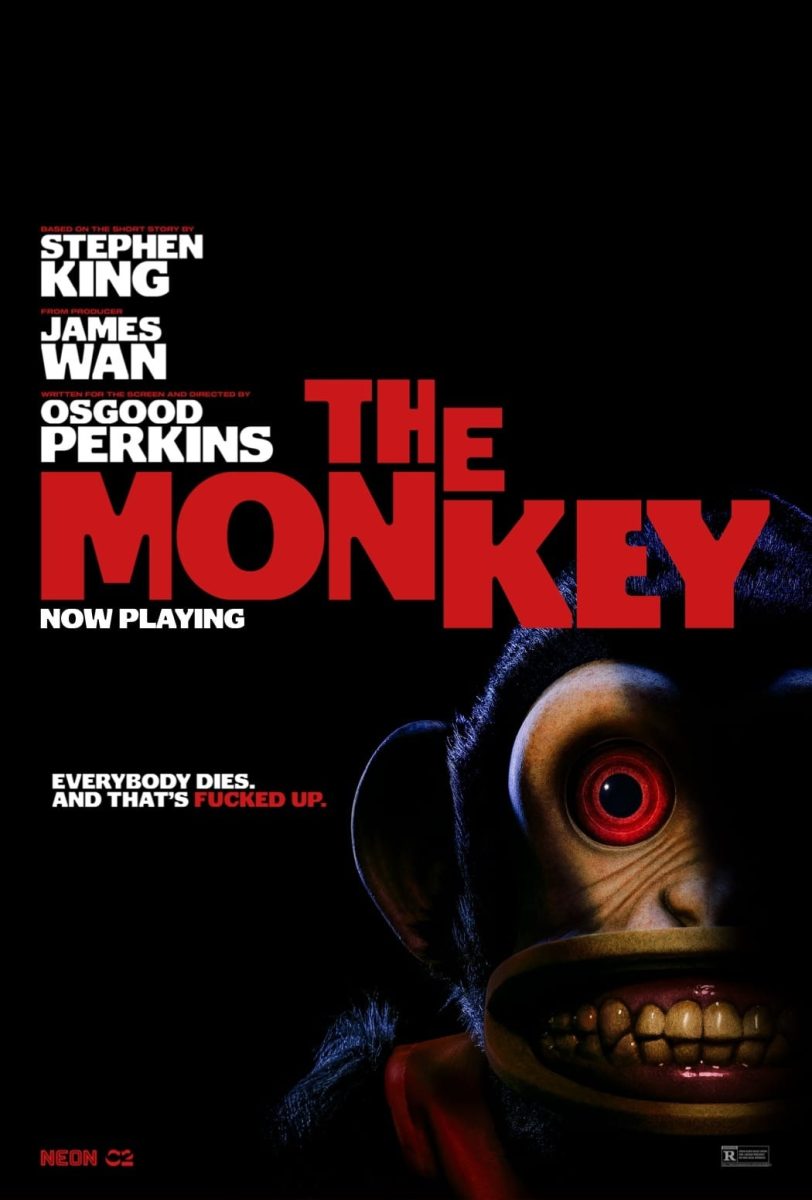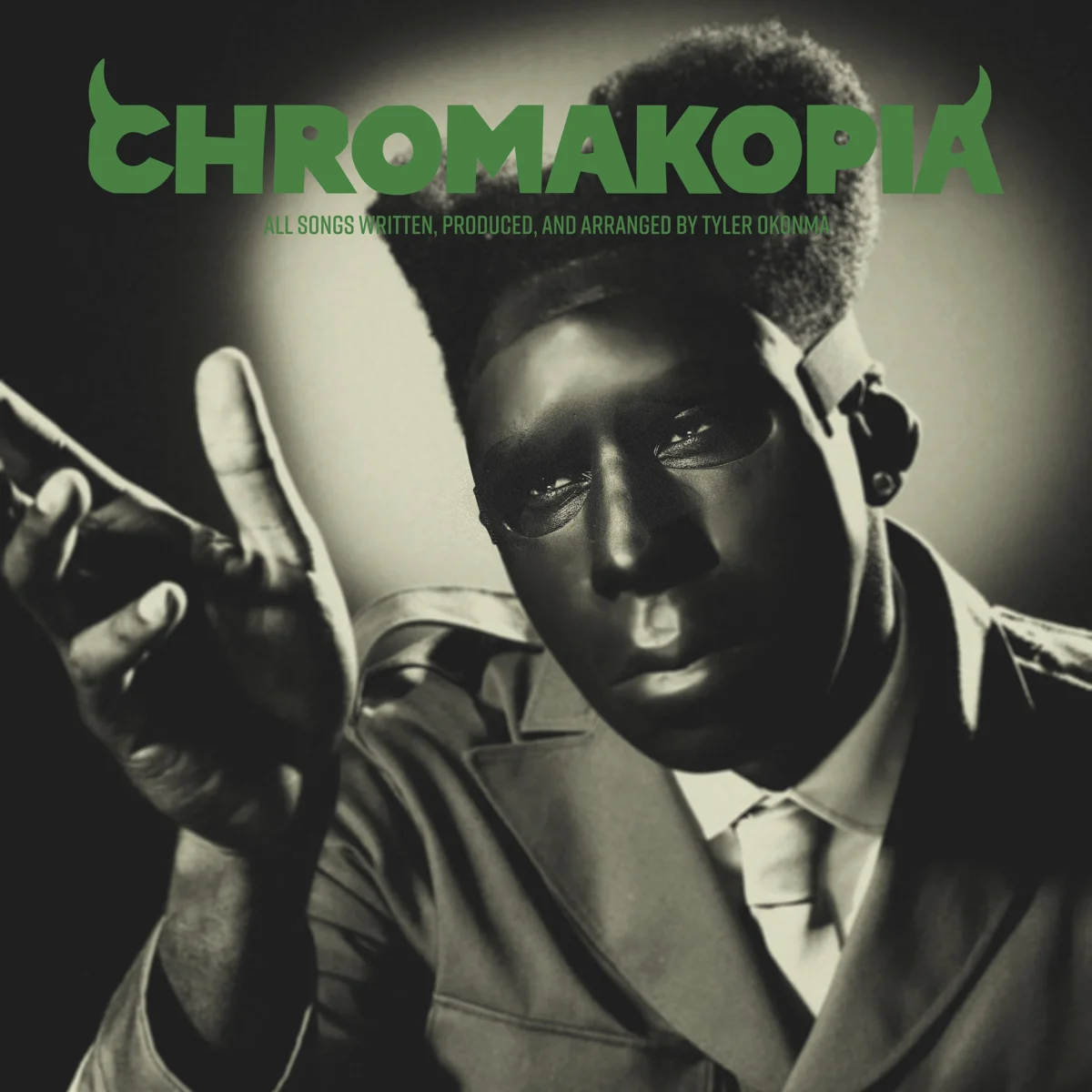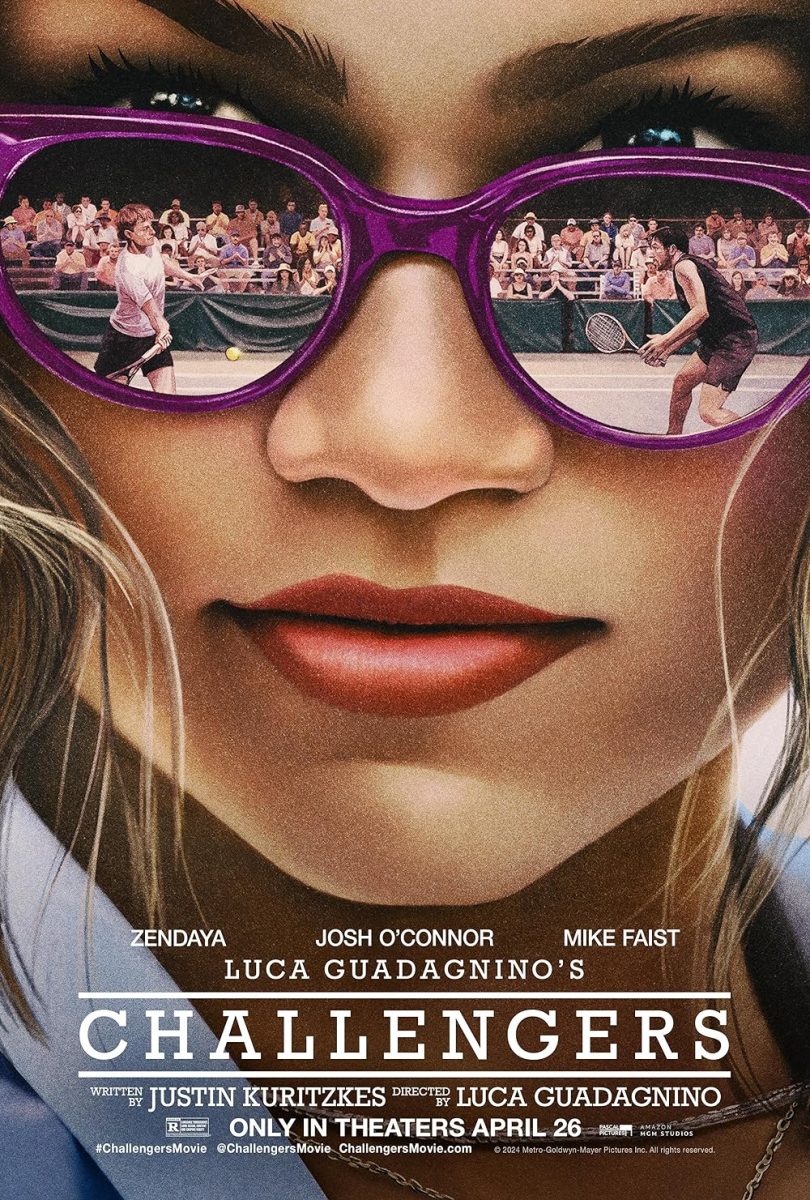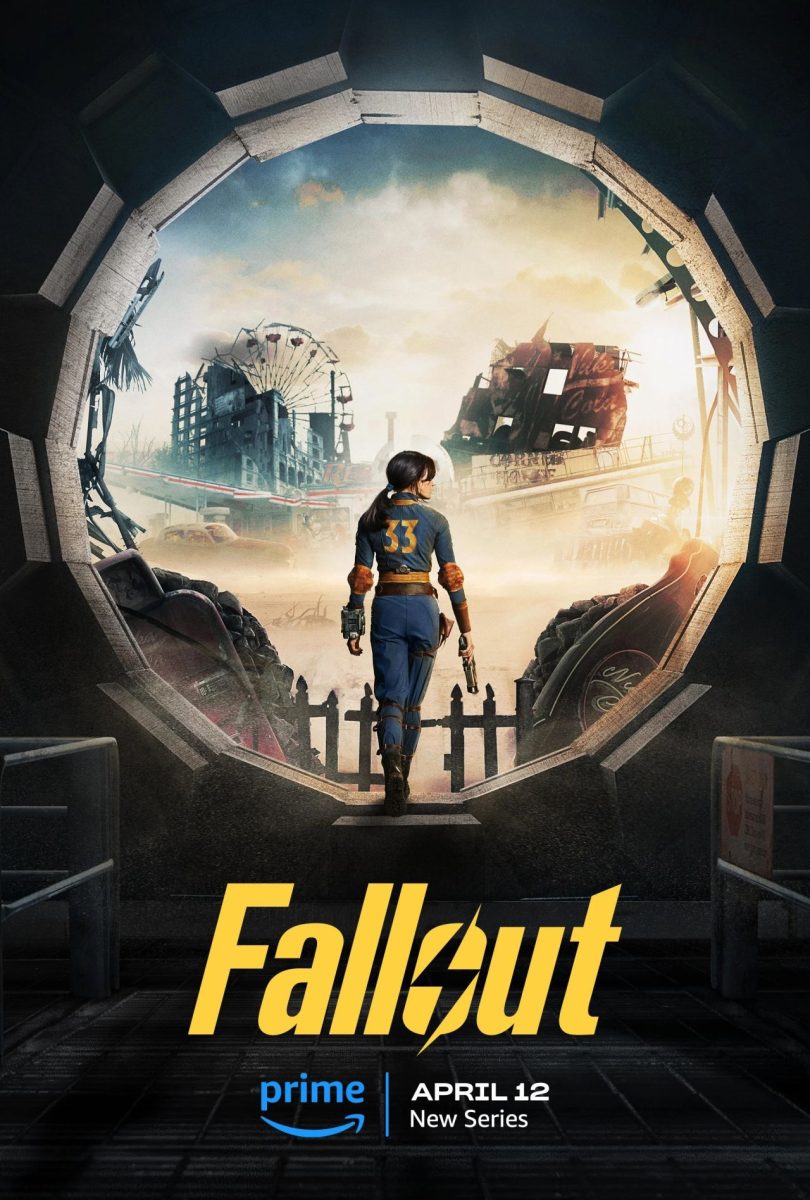Square Enix’s Marvel’s Guardians of the Galaxy is an enjoyable game to be sure, although much like today’s iteration it has a very different meaning from the original material.
Released on Oct. 26, the story takes place after a galaxy-scale war, waged by the Thanos the Mad Titan himself and his Chitauri military, has brought ruin to most of the known universe and in turn, brought about the creation of the titular spacefaring band of heroes-for-hire.
However, most are unaware that it is specifically an interpretation of Marvel’s present-day films and not the initially obscure superhero group.
Take for example the fact that Arnold Drake and Gene Colan’s 1969 Guardians of the Galaxy comic has only one recurring character in both the films and videogame and it is Yondu, except he was originally an honorable archer and not the charismatic pirate-slash-wartime prisoner of today.
Another example is Groot, who was created by Jack Kirby and Stan Lee in the early 60s to be a stereotypical monster who spoke perfect English instead of three words.
It is in Square Enix’s creation that he is a lost refugee who got friendly with Rocket Raccoon, a supersoldier who defected from the Kree Empire to enjoy life—and a pile of explosives—on his own terms.
What is different about this Rocket compared to his Bill Mantlo and Keith Griffin origins is that he’s more of a cuddly animal out of Duck Dodgers rather than the temperamental gangster he is both film and game.
Jim Starlin’s Drax the Destroyer has likewise been retconned; his comic counterpart being human killed alongside his family by Thanos before being reincarnated as a powerful hero ironically by the efforts of Thanos’ own father and grandfather in a 1973 issue of Iron Man.
Marvel’s Guardians of the Galaxy, however, maintains a similar storyline in which he is instead an alien warrior who has killed Thanos for sentencing his family to death.
Such can’t be said for Star-Lord, perhaps the most iconic member of the Guardians, who was written by Steve Englehart and Steve Gan in 1976 as the usual lone-wolf hero who tolerated teamwork only when the situation required it.
As one plays through Square Enix’s story, it is obvious that Star-Lord’s effectiveness—and talking—is increased tenfold while fighting alongside his teammates on their mission to save the galaxy.
Among the Guardians, it is maybe Gamora who is the least unchanged since 1973, when she still turned on Thanos after being sent out on a mission to mete out his injustice.
The only mild change was that she realized that Thanos was insane after seeing him talk to himself about his undying love for Lady Death.
That being said, the game itself is not unenjoyable, it is the opposite. This story of saving the galaxy from a ruthless alien god as the player struggles to keep the team together is an experience that makes one realize that sometimes retconning is for the better.
It is difficult to ignore the peculiarities distinct to each character and the connections that the player makes with them during dialogue.
This way the story of Star-Lord and his friends is something unique and visceral, as in it is one where the player can empathize with the Guardians.
It is fortunate that Marvel decided to breathe some life into them and birth people rich in history and emotion, no one cared for the band of random heroes bunched together like an afterthought.


